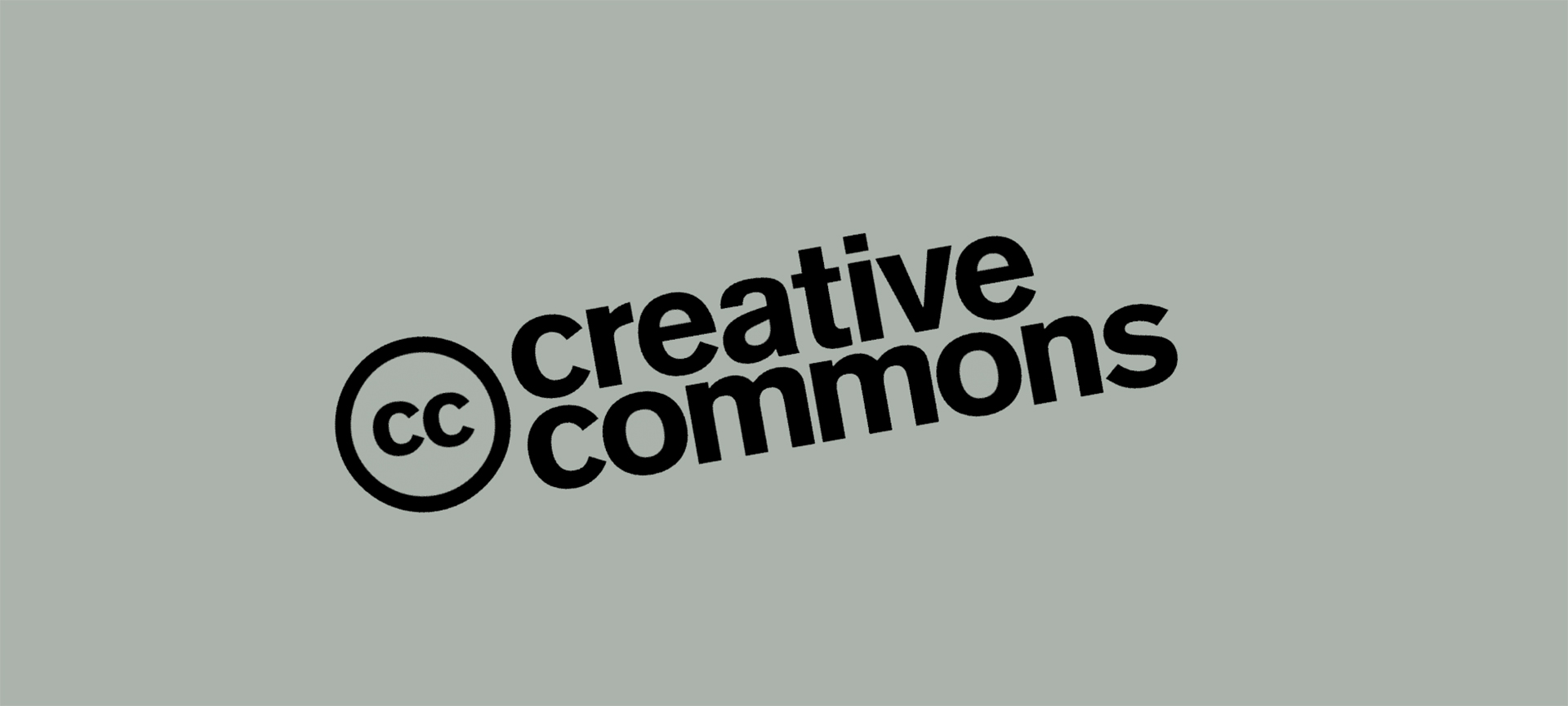
Creative Commons Licenses Explained
If you are a hobby photographer, an ambitious newcomer or a Flickr user, you might already know a lot about the Creative Commons licenses (CC licenses). However, what exactly is meant by this type of license often remains unclear. Copytrack is going to break it down.
It helps to understand how the license works and what needs to be considered when using it. If applied correctly, the CC licenses are a clever and quick way to license your images for free.
The company behind the licenses is a non-profit organisation which offers easy-to-create, templated license contracts for the rights holder to share their protected work. Put simply, these license contracts are generally accepted license contracts which regulate the most important questions around the usage of copyright protected works. The so-called CC licenses are standardised and can be applied internationally.
There are currently four versions of the six different licensing agreements. The work can essentially be offered for free. Every time the image is used an attribution has to be given. No matter what, the licenses are irrevocable. That means: whoever receives the image with the license to start with can carry on using, even if the photographer changes their mind later on.
To mark a work with a CC license, there is a symbol and a bookmark that quickly allows the user to know if they can use the image. The licenses themselves vary. Three significant points have to be made: the permission to edit the work, how to pass derivates of the work to someone else, and the ability to use the image commercially, are the three main terms of the CC licenses. In the following we list the abbreviations that are used for CC licenses:

Depending on the combination of CC licenses the terms of licenses can change. A licensee can edit the image and freely use it for commercial purposes when it’s marked with “CC BY-SA”. Any new works created from the image must be shared with the same CC license. An unedited version of the picture can be used for free non-commercially when marked with “CC BY-NC-ND”. To help you better understand we have created a list of all the possible combinations:
CC BY Attribution
This is the most common license. Users are only obliged to mention the general, above-mentioned information. It is allowed to copy, display and edit the work.
CC BY-SA Attribution & Share Alike
When using this license, the user can share the image, but only when the image retains its original license.
CC BY-ND Attribution & no editing
Works with this license can be copied, distributed, but never edited. The licensee also has to give an attribution to the creator.
CC BY-NC Attribution, non-commercial usages
The image user can copy, edit, and share the work, only for non-commercial purposes. The licensor has to be attributed.
CC BY-NC-SA Attribution, non-commercial usages, & share alike
This license states that the image cannot be used commercially. It also implies the image cannot be edited and it can only be shared under the original license. As always, the image user must attribute the creator.
CC BY-NC-ND Attribution, non-commercial usages & no editing
With this license, the image user cannot edit the image. The image cannot be used commercially and attribution must be given.
There are no other possible combinations! When you need help to find the appropriate license for your purposes visit the Creative Commons website for an application form, and with a just few clicks you can find the right license.
Watch out when using images with Creative Commons Licenses
It is quite clear that all CC licenses require an attribution. According to the license terms, however, it is not sufficient to specify only the photographer’s name. If known, the user must state:
- The name (or the pseudonym, if any) of the rights holder, usually the photographer
- If the proprietor has made an attribution to a third party (e.g., to a foundation, a publishing house or a newspaper), the name or name of that third party
- The title of the photograph
- A link to the source of the photograph, provided the licensor has specified it or to the photographer
- The name under which license the photo is offered
- Changes made by the user to the photo
Here is an example of how a full attribution can look like: “Image XY” [link to image source] by Sam Davies, desaturated and trimmed by Monika Hurst, licensed under CC BY [link to license].
The CC licenses are not clear in some areas. For example, “commercial use” is not explained in detail. It is only stated that a commercial use is an act that aims at a business advantage. This wording consciously creates legal uncertainty to cover a wide range of meanings. At the same time, this wording creates a legal uncertainty. For the evaluation of the license, the image usage is the focus. The definition does not focus on where the image is being used.
Our tip: Creative Commons licenses are a great way for photographers to provide their photos to third parties. Through their application, the photographer creates legal certainty for himself or herself and for the image-user, which ultimately gives him or her a better possibility of sharing the work. With the mandatory attribution, a picture passed with a CC license also helps to promote the photographer.
Jonathan Appleby, www.copytrack.com




